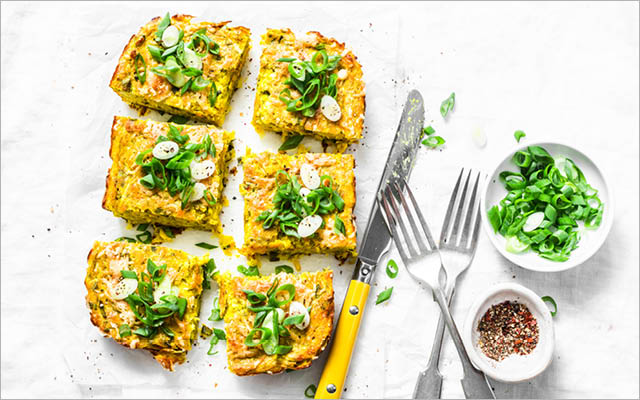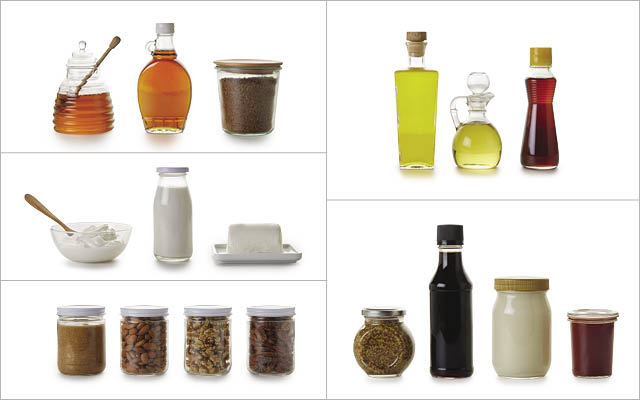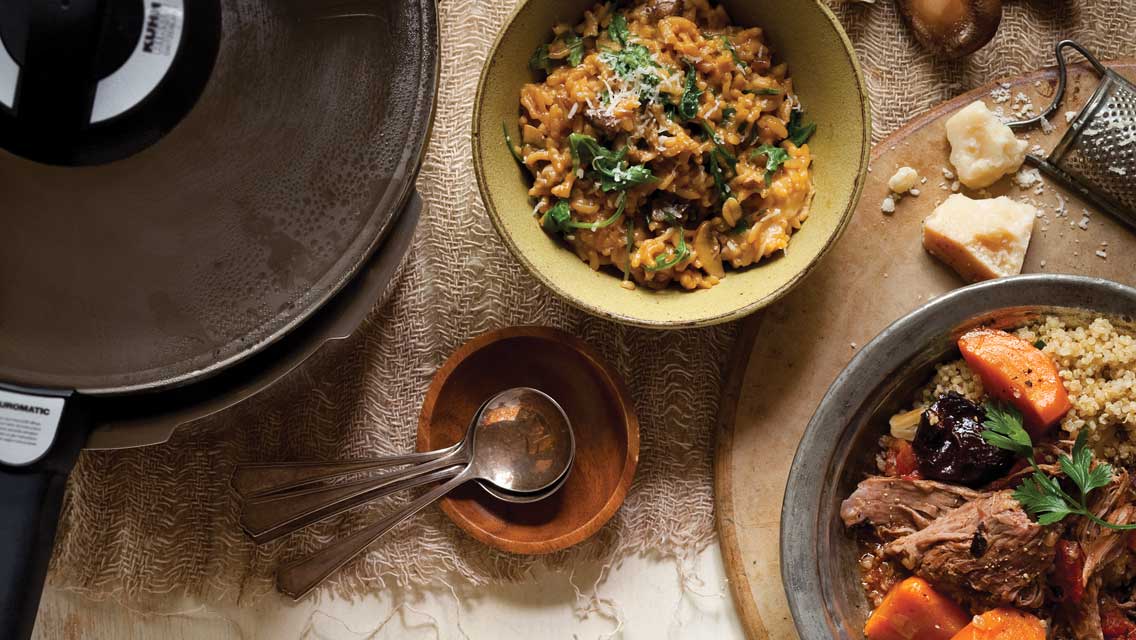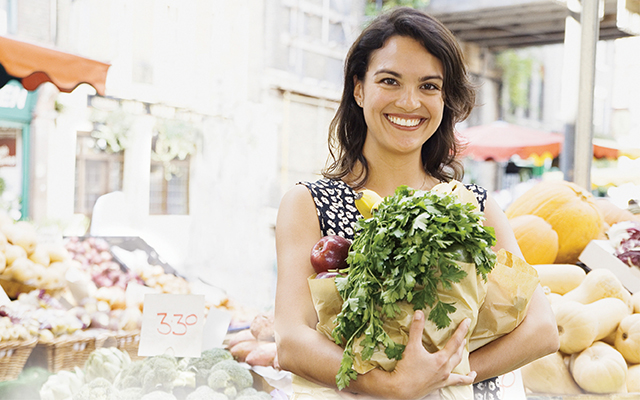Don’t let the name fool you: Rice cookers can do much more than cook rice. From frittatas and stews to banana bread, rice cookers can be used to make an appetizer, main meal, and dessert.
“If you’re a person who wants just one kitchen appliance, the rice cooker is for you,” says chef and cookbook author Robin Asbell. Even if you only use a rice cooker to cook rice, this appliance can make your life easier. “You can just set the rice cooker to ‘cook’ and walk away and do everything else you need to do. It’s very convenient.”
Making rice on the stovetop is relatively easy. Add one part rice to two parts water and boil until done. If you’ve made rice this way in the past, you might be wondering: Why bother with a rice cooker in the first place?
First, it’s important to note that rice cookers fall into two categories: those that are around $50 and under and those that are around $200 or more. Both types are great for making a simple batch of white rice, but the more expensive models — sometimes called “fuzzy-logic” rice cookers — really help you perfect the art of making rice.
Take, for example, a fuzzy-logic rice cooker’s ability to forgive human error. The stovetop method can result in fluffy, thoroughly cooked rice much of the time — but if you get the water-to-rice ratio slightly off or if you get distracted and leave the pot on the stove too long, you’ll burn the batch. More sophisticated rice cookers can sense when rice is done and will recalibrate if you add the wrong amount of water.
Higher-end rice cookers also seamlessly handle different varieties of rice — even notoriously tricky varieties like brown rice — with aplomb. “When I put brown rice in my rice cooker, it comes out perfectly — well-cooked and tender throughout,” says Asbell. This takes more finesse to achieve on a stovetop. Almost all rice cookers (whether $40 or $400) have a “keep warm” button. This allows you to stagger your meal prep or to keep dishes warm during dinner parties or other gatherings where people might be helping themselves at different times.
Then, of course, there is the other kitchen fun you can have with more sophisticated rice cookers. Here are some creative ways to use this handy kitchen appliance:
- Cook other grains. Bulgur, millet, amaranth, and quinoa all cook well on the white-rice setting with the same amount of water as you would use for white rice, note Chris Morocco and Christina Chaey in Bon Appetit. Make a batch of each grain separately or mix together for a mixed-grain medley. Some rice cookers come with a steamer rack that sits above the pot. You can use this to make a full meal. “Cook some grains in the rice cooker, whichever you choose, and then put some small pieces of fish or chicken on the steamer rack, close the lid, and, in three or four minutes, you have your whole meal,” says Asbell.
- Make porridge. Almost all fuzzy-logic rice cookers have a porridge setting. Add your desired ingredients, including equal parts liquid and rice (or other grain) and any spices you like — perhaps cinnamon and cardamom if you prefer a sweeter profile or chili powder and cumin if you prefer savory.
- Make a vegetable-tofu medley. “This is the thing I do most often in my rice cooker,” says Asbell. “I add coconut milk, tofu, veggies, and spices. It’s a great way to get the flavor into the tofu.”
- Get creative with eggs. If you really want to be a food hacker, says Asbell, use a rice cooker to make a frittata. “Put some eggs and veggies in there and put the rice cooker on the lowest setting (usually the white-rice setting) and you’ll have a frittata.”You can also make a batch of grains and then simply crack some eggs on top after cooking. Close the lid again and let the eggs cook to your preferred doneness.
- Make dessert. Rice cookers are great for making eggy desserts like banana bread or other cakes, especially if you like cakes with a more pudding-like texture. “Desserts made in the rice cooker will have a softer texture because they bake enclosed, so they get moist and not browned,” says Asbell.




This Post Has 0 Comments